Teach your students FinLit skills to last a lifetime.
95% of teachers report improved student engagement.
Our Tax Simulation course topics include:
- Filing taxes
- W2 form
- Deductions and credits
- Tax preparation software
- Insurance basics
- Smart money habits
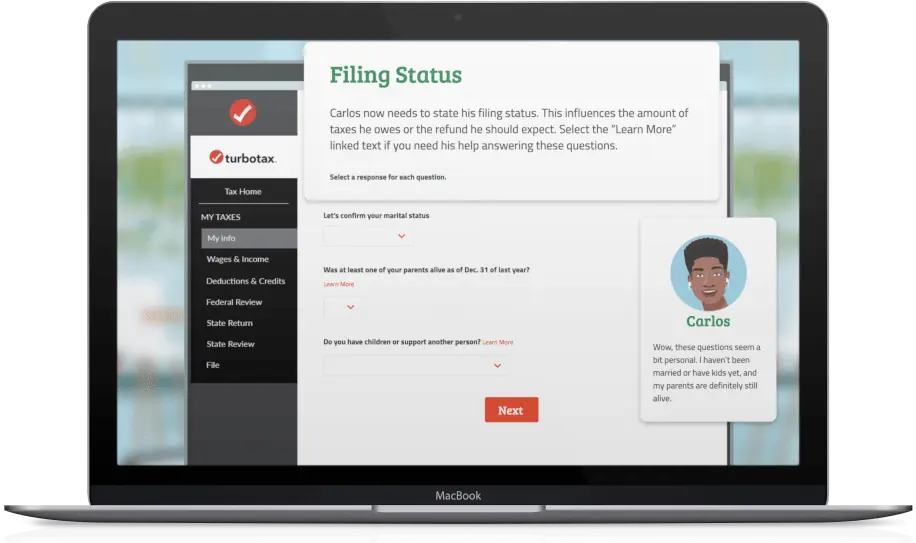
"*" indicates required fields
Tax Simulation: Understanding Taxes
This financial education course, developed in partnership with Intuit for Education, helps students develop healthy financial habits and build confidence about handling their taxes. Through a high-fidelity, guided experience navigating TurboTax tax preparation software, students are introduced to important and relevant tax considerations.
To enhance the learning experience, several videos are featured in the course covering topics like summarizing a 1099 form and calculating tax requirements.
Standards-aligned with Jump$tart National Standards in K-12 Personal Finance Education
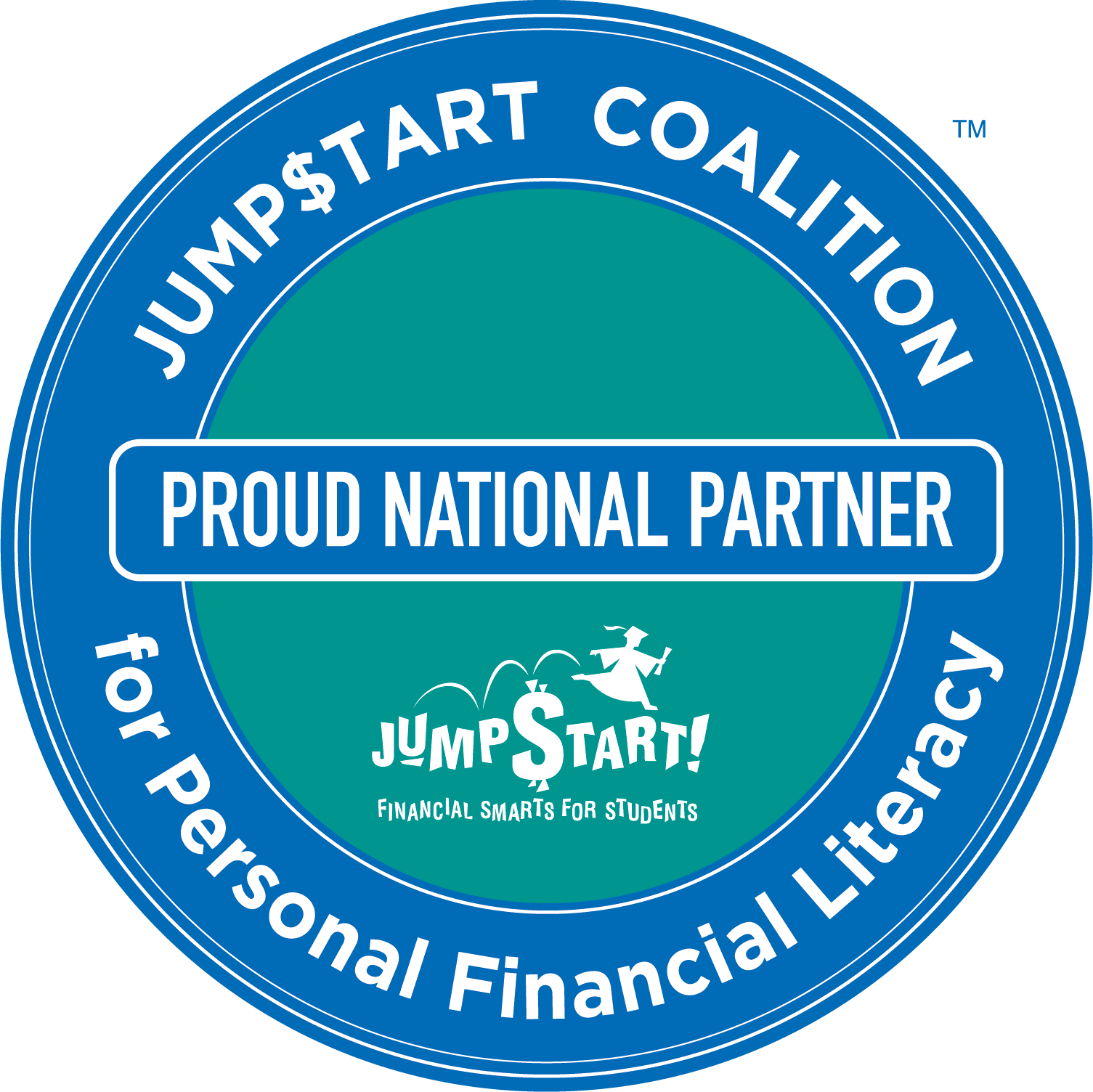

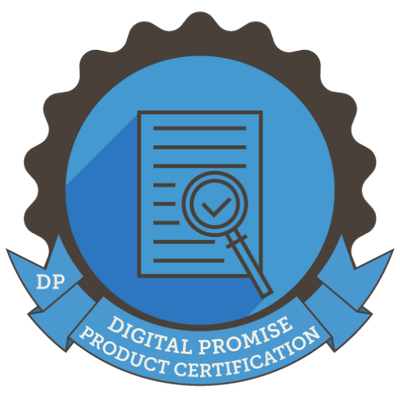

Course Snapshot
-

Target Grades
Grades 9-12
-

Curriculum
Jump$tart National Standards in K-12 Personal Finance Education
-

Lesson Time
5 digital lessons, 45 min total
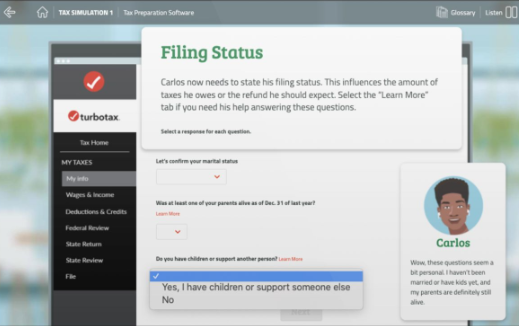
Filing Your Taxes
Students help a character file his taxes electronically and learn how online tax preparation software is helpful, secure, and effective.
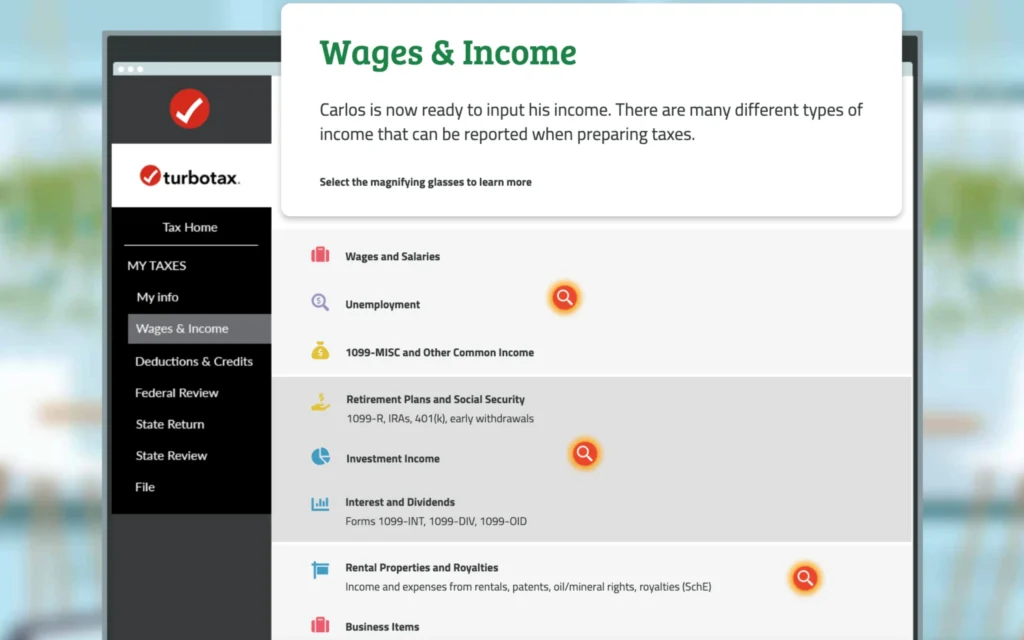
Tax Credits for Families
Students help a character claim more tax credits for his family through the Earned Income Tax Credit by better understanding who in his household can claim him as a dependent.
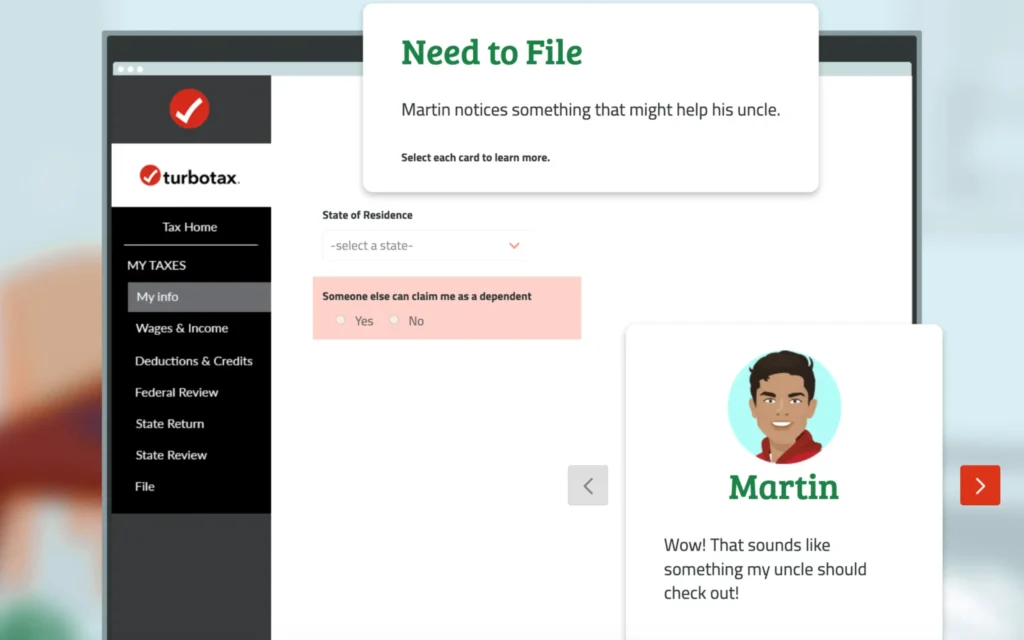
Taxes for Gig Workers
Students help a character manage her gig economy tax burden by filing her taxes using a 1099-NEC form and making estimated tax payments going forward.
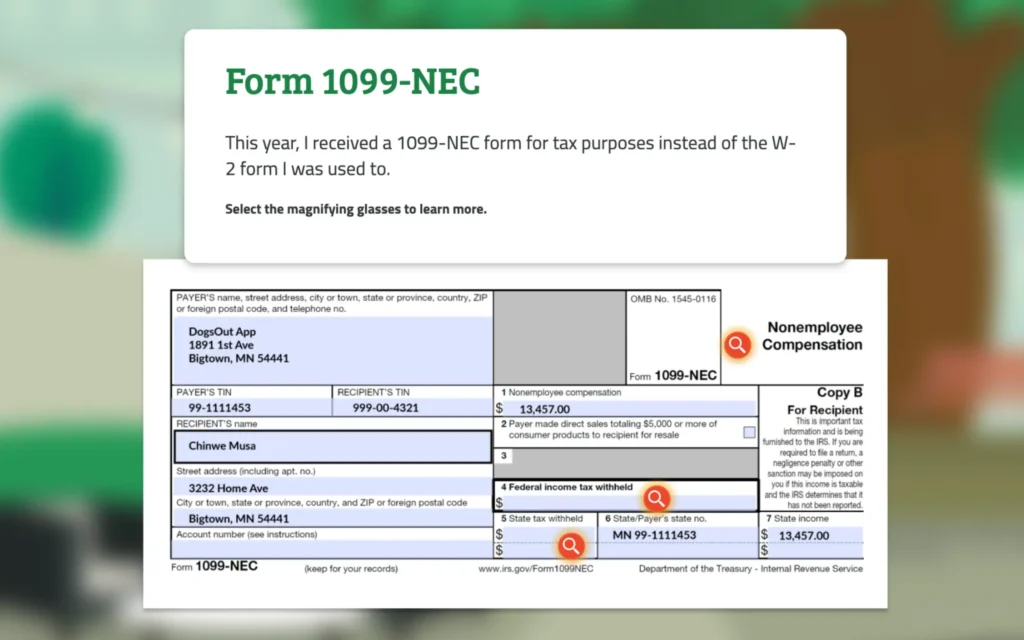
Taxes for Students
Students help a character navigate how to claim higher education expenses on her taxes and navigate the tax implications of 529 plan disbursements and interest on student loans.
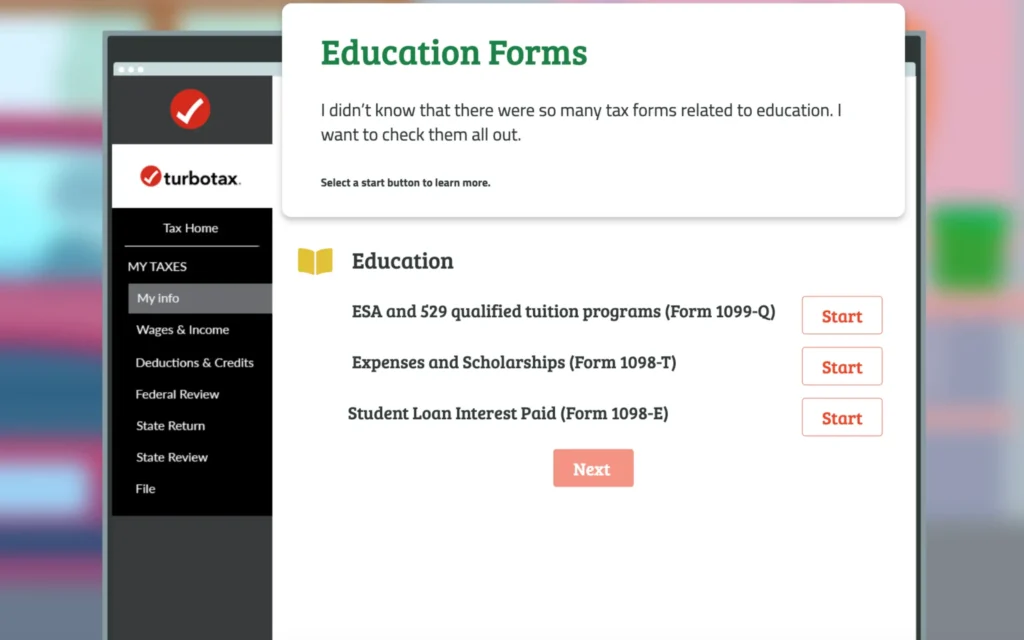
Taxes for Investments
Students help a character learn how she needs to report interest from savings accounts and purchases of cryptocurrency for tax purposes.
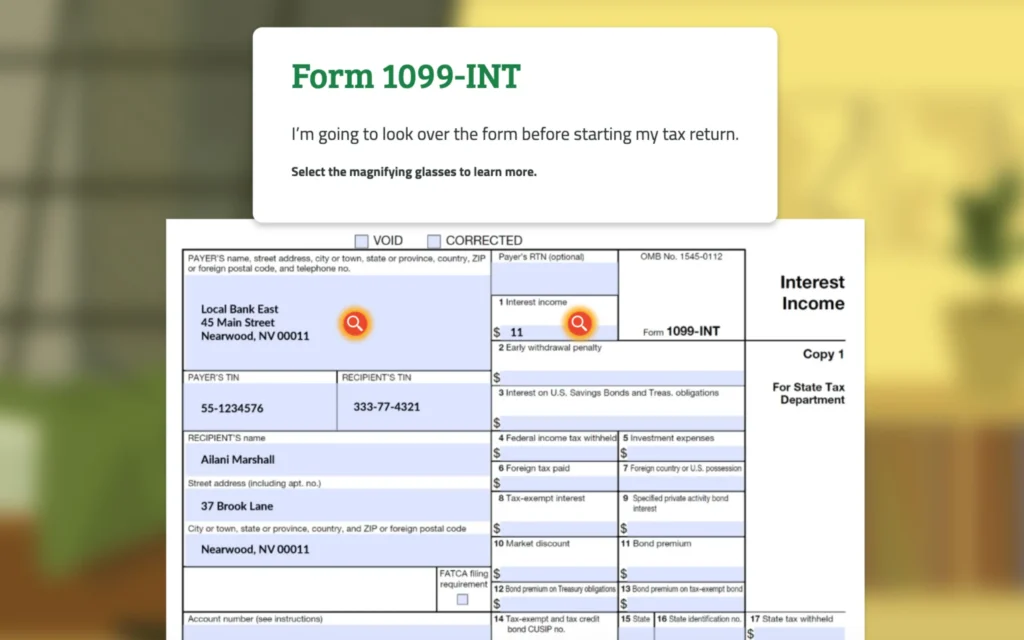
Key pillars for a strong financial foundation.
Access and accountability.
Students can take lessons anytime, anywhere, with built-in assessments and real-time grading.
Turnkey lessons.
Skills are presented in an interactive, fail-safe environment. Teachers receive lesson plans, activities and discussion guides.
Implementation support.
Our regional team provides on-demand training and professional learning events, guiding you every step of the way.
These EVERFI courses are free.
And they’ll stay free.
EVERFI courses are supported by a network of strategic partners with multi-year contracts—ensuring that teachers, schools and districts can launch these programs, or even write them into the curriculum.
The simulation has given me more confidence related to future tax filings by providing me with practical, hands-on experiences in preparing and filing taxes. It allowed me to understand the process and identify potential deductions that my family might be eligible for, which I may not have been able to do on my own.
High School StudentNew Hampshire
A critical problem that our students face is not having had experience of the 'real world' before they are suddenly thrust into it at 18. The simulation allows them to 'get their feet wet' in a low-stakes manner and learn about some of the essential adult requirements of life they will be facing!
High School TeacherCalifornia
Frequently Asked Questions
Less than a third of high school juniors and seniors reported that they felt prepared to compare financial institutions and select one that best meets their needs (32%). Slightly more students -- but still less than half (47%) -- felt they could select, open, and manage a savings or checking account.
Young people also reported low levels of confidence in their ability to establish financial habits that contribute to long-term financial wellbeing: budgeting and managing credit. Half of juniors and seniors said they were “prepared” or “very prepared” to set up and follow a budget, while just a third (32%) felt they could check their credit and maintain good credit over time.
These skills budgeting and managing credit – are essential as young people move toward financial independence. The decisions they make in the next one to two years begin to carry consequences that can last much longer, directly impacting their lifetime financial wellbeing.
Yes, given the critical role of skill and confidence in building financial wellbeing, the low levels of preparedness among young people could be a sign of trouble as students finish high school and move toward financial independence.
Students learn the fundamentals of money management in financial literacy classes, including budgeting, saving, paying off debt, investing, and more. This information offers the groundwork for kids to establish sound financial practices at a young age and steer clear of many mistakes that result in ongoing financial difficulties.
